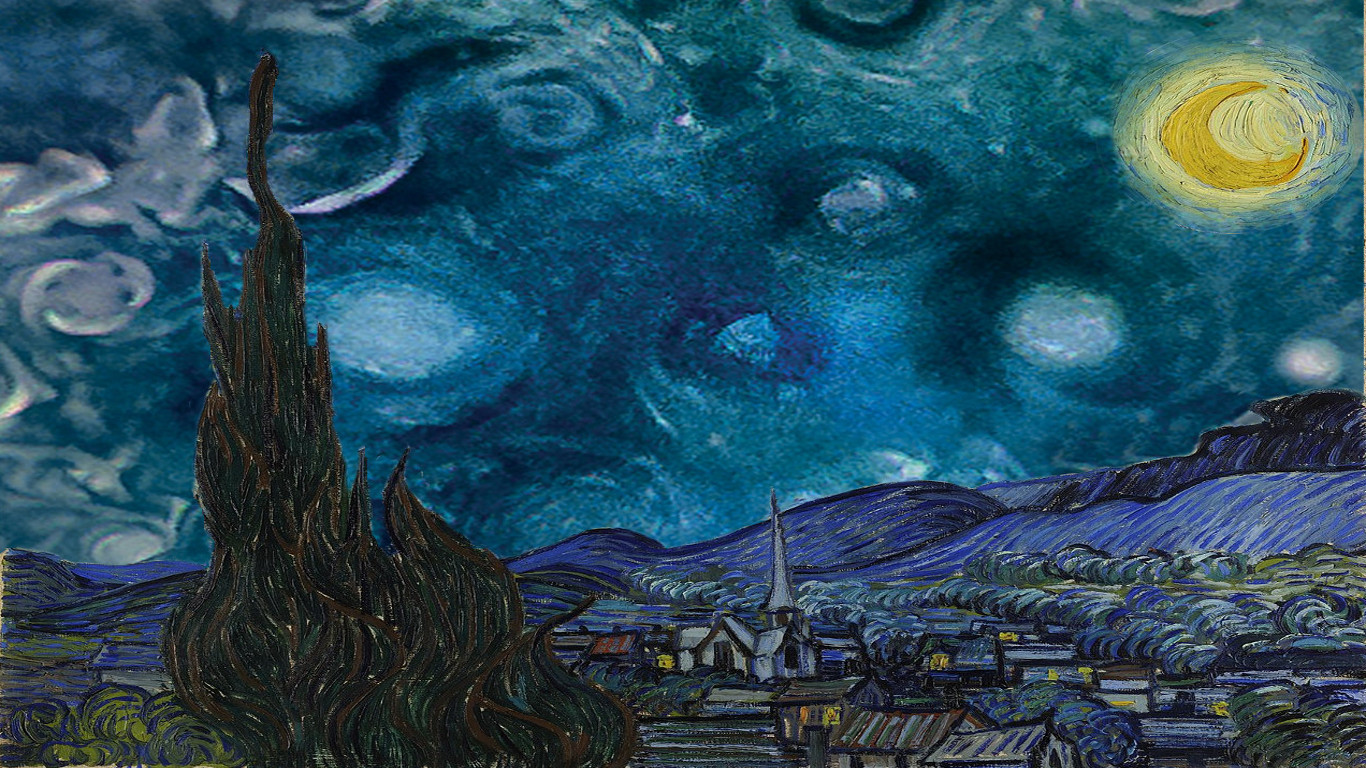
Posted on 02/16/2025 11:19:58 AM PST by MtnClimber
Explanation: Here comes Jupiter. NASA's robotic spacecraft Juno is continuing on its highly elongated orbits around our Solar System's largest planet. The featured video is from perijove 11 in early 2018, the eleventh time Juno passed near Jupiter since it arrived in mid-2016. This time-lapse, color-enhanced movie covers about four hours and morphs between 36 JunoCam images. The video begins with Jupiter rising as Juno approaches from the north. As Juno reaches its closest view -- from about 3,500 kilometers over Jupiter's cloud tops -- the spacecraft captures the great planet in tremendous detail. Juno passes light zones and dark belts of clouds that circle the planet, as well as numerous swirling circular storms, many of which are larger than hurricanes on Earth. After the perijove, Jupiter recedes into the distance, then displaying the unusual clouds that appear over Jupiter's south. To get desired science data, Juno swoops so close to Jupiter that its instruments are exposed to very high levels of radiation.
Today's image is a video at the source link.
🪐 🌟 🌌 🍔
Today's image is a video at the source link.
On a not-quite-related-to-this-photo question, do we have any better (or recently updated) information on the mass and rotational rate, or shape and surface gravity, of the inbound 2024 YR4 body? (Due to pass nearby in 2032)
I am surprised no one in a budget-strained NASA has proposed a flyby mission.
Politicians will not get excited until 2032 falls in an election cycle.
Looks like van Gogh painted that.

Funny you should say that, because 2032 is a Presidential election year.
Exactly.
Beautiful!
Linguistically, “perijove” is an abomination (like “television”) because it combines a Greek root with a Latin root. “Peridia” or “Perizena” would be more correct...but has as little chance of being adopted as “teleorasis” has of replacing “television.”
Incredible detail!
Then there must be literally thousands, if not tens of thousands, of such "linguistic abominations" in the English language, combining, e.g. Latin with Germanic roots, or Greek with Germanic roots, etc.
Regards,
I quick stupid question for FReepers.
Do gas giants like Jupiter have a solid core? If its all just gas how does is create so much gravity. Could you fly through it or is is solid down there at some point?
I’ve watch a thousand documentaries and they never really talk about it.
:max_bytes(150000):strip_icc()/jupiter-with-labeled-interior-layers-4k-5a87971efa6bcc00374b32a8.jpg)
you would think, that close and clear, you would see movement in the gas clouds... but I guess im askin for too much...
Stunning!

Absolutely yes! Over time - like we do now watching a hurricane path from space - the patterns and waves in the cloud waves move as you describe. Look also at the splash impact clouds back in 1996 when the comet hit Jupiter.
Just a little harmless pedantry.
Disclaimer: Opinions posted on Free Republic are those of the individual posters and do not necessarily represent the opinion of Free Republic or its management. All materials posted herein are protected by copyright law and the exemption for fair use of copyrighted works.